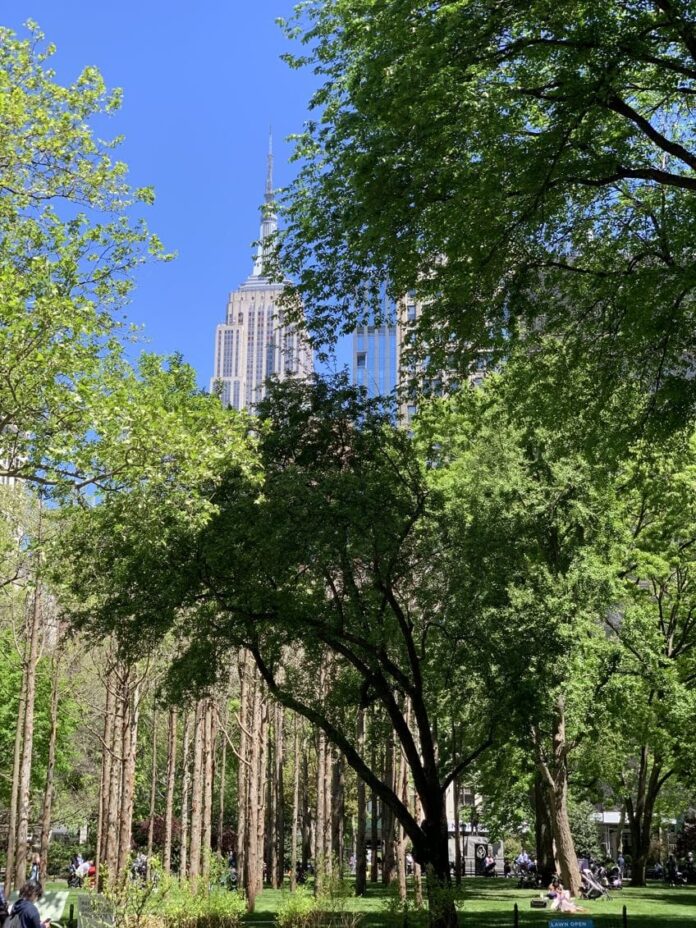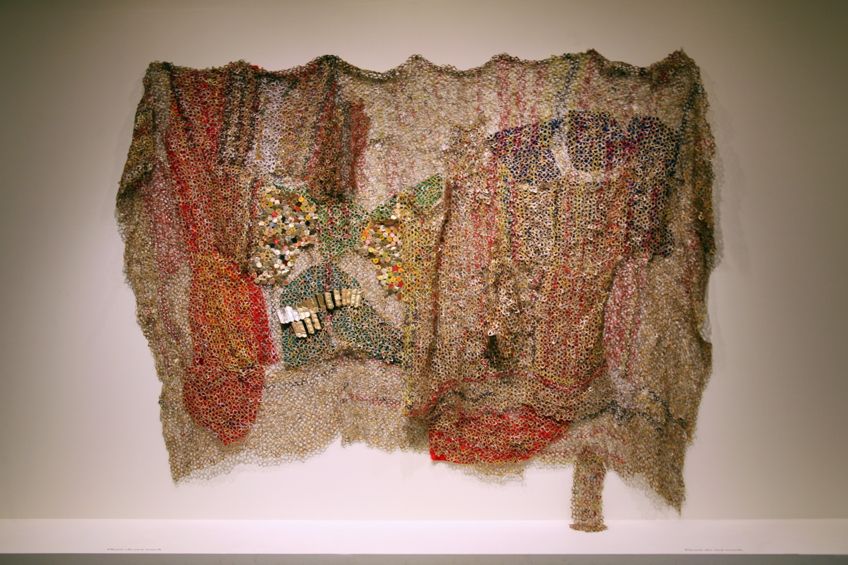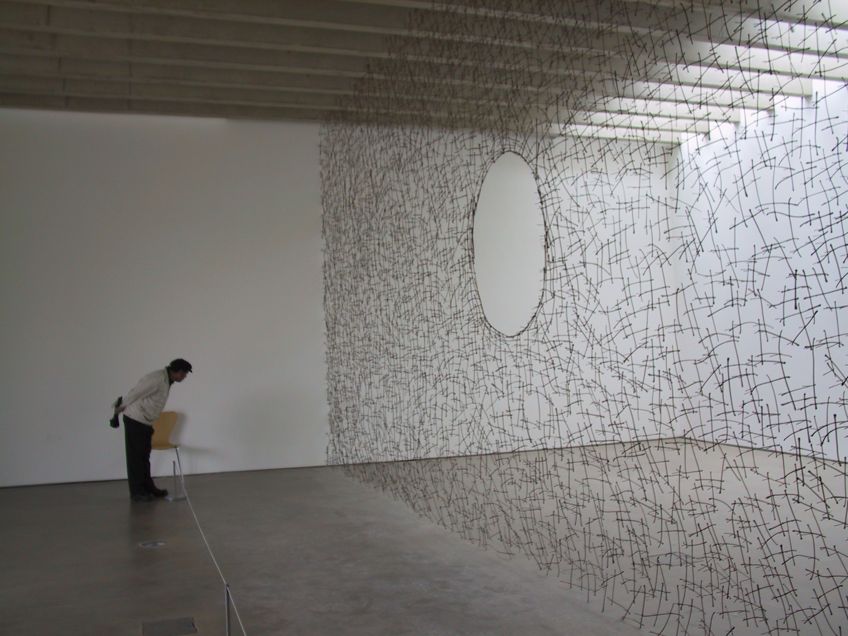
Art and the environment appeal to the mind and feelings. What happens when we mix them? The answer is eco-art.
Eco-art can include everything from Paleolithic rock art to impressive digital photographs of wildlife. However, the environmental crisis we are currently experiencing has given rise to a new art movement that goes beyond capturing and depicting nature, as it did in the past, and turns nature into the work itself.
Sustainability in Art – Environmentally Conscious Creativity
Combining art and sustainability has led to the development of groundbreaking works that use innovative materials and media to convey compelling messages about climate change, political politics, and social injustice. What Does Sustainability Mean? Sustainability can be broadly understood as a societal goal that strives for the healthy co-living of humans and other species on planet Earth.
Sustainable art can be defined in a variety of ways, as can most aspects of the art world. Some artists are primarily concerned with expressing environmental issues, while others use environmentally friendly materials and studio practices in their work. Sustainable art isn’t just limited to visual arts; it’s also prevalent in architecture and fashion, among others.

The world is increasingly aware of the importance of the climate crisis, which has prompted several artists to combine art and sustainability. Sustainability is a central theme through which artists highlight these issues in their work, and through their work they have a real impact on public consciousness.
Many artists began to challenge the traditional gallery model as early as the 1970s, creating site-specific works using the land and the environment as a medium. These works were called Land Art, Earth Art, or Earthworks. Arguably the most famous example of Land art is Robert Smithson’s Spiral Jetty (1970).

Smithson created one of the most famous environmental installations on the shore of the Great Salt Lake in Utah by forming a spiral shape with more than 6,000 tons of earth and basalt rock. The massive spiral was 460 meters long and 4,6 meters wide and the aim was for the work to interact with the changing conditions of the water, land, and wind in the landscape, and over time to disintegrate and become a part of the landscape.
Taking art out of the gallery space into nature was still a relatively new idea in Western art and Smithson’s work inspired many other artists to pursue Land art. Some other artists famous for Land art in this era include Andy Goldsworthy and Agnes Denes. Many contemporary artists still use Land art as a type of art to deal with issues around the environment and sustainability.

The following is a list of some of the best-known artists from this artistic movement:
- Herman de Vries: this Dutch sculptor (1931) based in Germany is one of the precursors of contemporary environmental art. His works feature natural items from around the world to highlight their biodiversity;
- Andy Goldsworthy: British sculptor and photographer (1956) who has been making amazing creations for two decades. He creates temporary works in forests and riverbeds with no more than his own hands;
- Joseph Beuys: This multidisciplinary German artist (1921-1986) created 7000 Oaks, one of the 20th century’s most significant works of environmental art. Beuys and his team used 7,000 oaks to replant several contaminated areas;
- Robert Smithson: an American artist (1938-1973) who created massive, temporary works of art, one of which was Spiral Jetty in the Great Salt Lake in Utah. He died in a plane crash while searching for the location of his next work;
- Andrew Rogers: works use natural materials and are global in nature. His Rhythms of Life sculpture project started in 1998 and consists of 51 monumental stone sculptures in 16 countries.
























